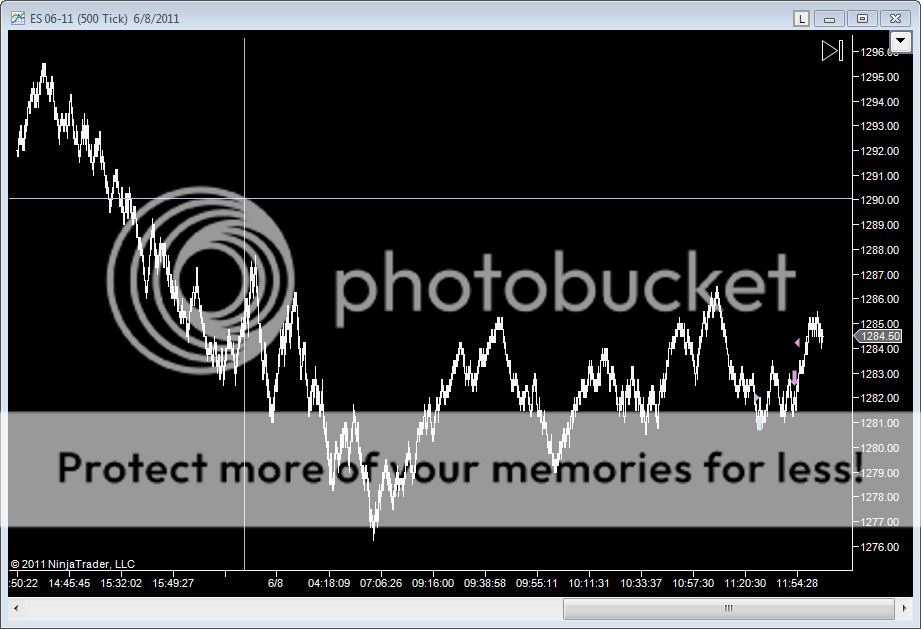Pat494
Legendary member
- Messages
- 14,614
- Likes
- 1,588
I've been settled now for about a year on 2 timeframes:
1) I use 5M to take some very quick trades around 2 key levels (yesterday's RTH High and Low). The 5M is used to time my entries and exits, entering on momentum and exiting on weakness.
2) I use the hourly for longer trades which typically hold overnight spanning 2 trading sessions (occassionally 3). I time entry off the 5M and these are usually pro-trend on the hourly. Note - I am trading off the hourly but using 5M to time entry and exit.
For both of the above, I know from the daily which way things are swinging and derive whether I'm trading pro or counter trend using this as a frame of reference for both of the above.
The timeframe you use for entry may not necessarily be the timeframe you are trading. It took me about a year to figure this out but once I did, I was on the home stretch.
Interesting. I will give it a try. I have found 1 min too fast as it swings wildly. So sounds about right.
I seem to be better at weekly forecasts and for that I use the 4hour TF.




